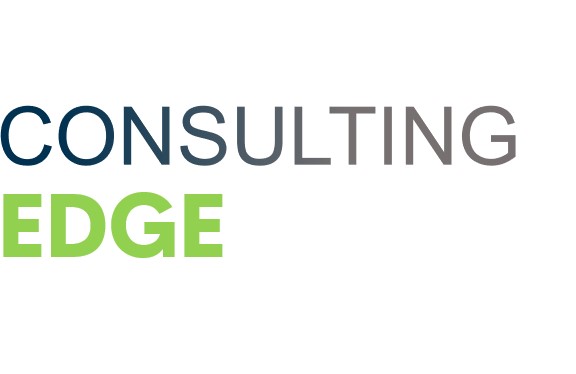If you do not prioritize thorough document version control, you will jeopardize the efficacy of your engineering tools and processes – and this will cost your firm money and efficiency. Why? Without proper version control, your workers and decision-makers may act on information that is out-of-date, incomplete, or missing across persons and departments – posing significant financial and operational risks.
And this is a more prevalent issue than you may think, particularly in firms that rely on manual or antiquated processes. Here’s how to use effective version control to safeguard document integrity, boost productivity, and make the best use of your pertinent data.
What is document version control?
Version control organizes and records content changes. It guarantees that the most recent, acceptable, and relevant material is available. As both content and procedures or processes evolve, any document management software system must incorporate the following changes. If modifications are approved, the material should be restricted to a subset of users.
Versioning documents inform authors that they are working on the most recent draft. This is especially true when writing or developing complicated documents such as contracts or agreements. In addition, version control prevents users from causing errors by inadvertently utilizing an older draft or overwriting changes made by another user.
Additionally, it assists managers in tracking the progress of documents and maintaining an audit trail. A document version control system keeps track of who made changes, how and when they were made, and if the changes were accepted.
Before getting started, it’s essential to understand how vital document control and its diligent practitioners are to projects. People who work on extensive engineering and construction projects need to use project papers (typically in engineering documents) and other things to help them work.
Is document version control required?
This critical information is seen, reviewed, changed, marked up, approved, questioned, and shared by a wide range of people from many different fields. There are a lot of steps in the process of a project document’s life cycle. And each new change and its associated transaction must be handled well. A project could fail if records aren’t delivered on time, aren’t correct, don’t fit, or aren’t available.
In the worst-case scenario, working with the wrong or unapproved copies of documents can make mistakes that could endanger the project and the people working on it. To reduce this risk, projects require that all people who work on the project follow strict document control rules. Document control methods ensure that documents, data, and information are organized in a consistent, standardized, and regulated way. In addition, document control makes sure that everyone who needs documentation gets it on time, knows where to get it, and can trust that it’s correct.
The document controllers are the team members who ensure that this process occurs and that standards are followed. Document controllers help to set, maintain and support these standards during the chaos of a big, complicated project. To ensure that the paperwork is handled correctly, meets quality standards, and is available to everyone at all project stages, they put their heart and soul into the job. It’s a pretty big deal.
Document version control is significant for construction and other project-based businesses to manage their projects well. Many things make up a project’s lifeblood: documents, images, forms, and other project data. The planning, the communication between the parties, the proof of work, the contracts. And the payment arrangements are all called documents, and they are all called documents.
The following are some of the benefits of document version control:
Compliance with Regulations Is Simple:
Utility workers who don’t have access to the most up-to-date engineering drawings and documentation have difficulty working together inside and outside their own departments. Document version control solves this problem by allowing team members to organize important compliance data and make it easier to find relevant content.
Time Saved:
People involved in a project, like stakeholders, contractors, and engineers. This might make it hard to keep the engineering data they use correctly. Even without document control software, it’s hard to find the proper papers and drawings. On average, the teams that work on maintenance and engineering spend almost two hours a day looking for correct and up-to-date information.
File management and editing security:
It takes a lot longer for a team to work together when someone accidentally overwrites or deletes a file. Trying to find a copy of a file in emails is the only thing you can do at this point. Version control systems keep a copy of each file at each step, so you always have a backup.
Work done in groups is more efficient:
People can work simultaneously on the same document or project without it being out of date or their changes interfering with each other’s work. Also, one team member can see a working copy of the document from many places and devices. Team members can’t work on outdated or many document versions with this version control system. It also reduces the amount of time it takes for one person to work on a document at a time.
When you set up a document version control system, these are the steps you should follow:
Version control should be used for all of your documents:
Ideally, a document version control plan should be in place before the project starts. Failure to do so when there are many different versions of the same master document on the team could lead to complete chaos.
There should be only one version of the document:
When the project is done, there should not be more than one version of the document at any point in the process. When the document is changed or amended, the new version must be made available to everyone on the team. Each document must say which members of the team can change the document’s content and how much.
A person should be in charge of document version control:
As much as possible, a team member who will be in charge of document handling must be named. Each version of a document must go through this person. This single repository will also ensure that no team members simultaneously use the same document. This person will also have to keep track of all the different versions of papers that come through him.
The document version control system should be both digital and physical:
The policy for document version management must be the same for both physical and electronic documents. As a result, both types of documents should be coded in the same way to make them look the same.
Last thoughts:
Document version control, or the ability to keep track of document changes, is an integral part of document management. Document version control systems keep many different drafts and track the most recent ones. They also keep track of which version is the most recent.
Document version control solutions are very different in using and what they can do. Most explanations clarify which version is the most recent by giving each one a unique number and putting that number in front of it.






